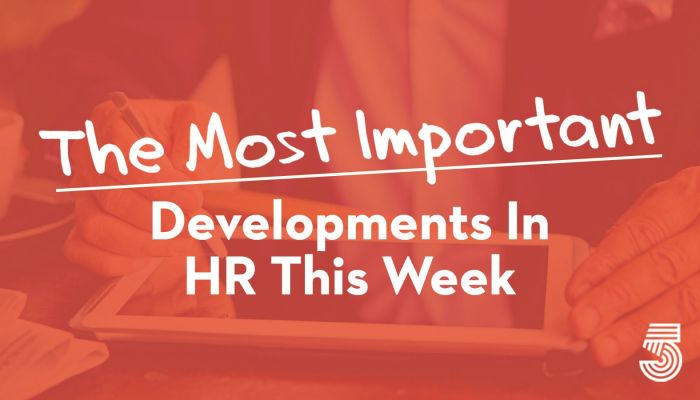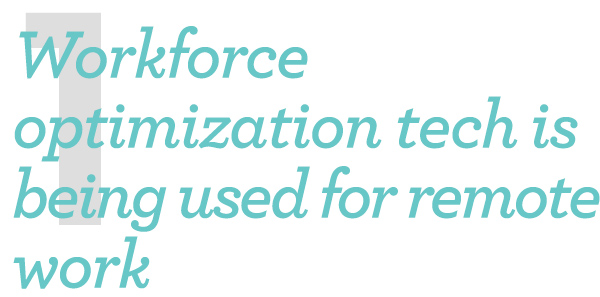
Where is the right balance between management responsibility and employee privacy? Most workforce management, monitoring, and optimization vendors had already transitioned their software to the cloud or were in the process of doing so when the COVID-19 pandemic arrived, making it simpler for employers to track when and how their employees were doing their work at home. TimeClock Plus (TCP), for example, is a workforce management vendor that is well along in the move from on-premises to the cloud. To make WFH easier, TCP has added employee scheduling functionality following the acquisition of a company called Humanity. The company also has made its desktop and mobile clock software available to employees who work outside of the office. Employees and managers can perform functions like clock-in, clock-out, request time off, and check schedules from their desktop or mobile device. SHRM

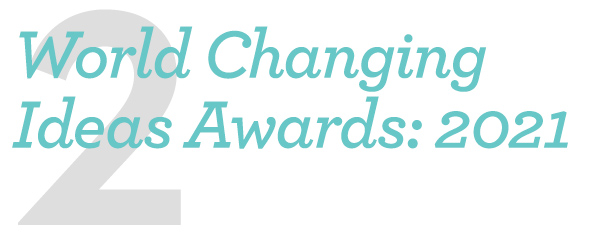
For the past five years, Fast Company’s World Changing Ideas Awards have honored the businesses and organizations driving change in the world. This year, the entries reflect a range of exceptional work helping to fight the pandemic and to support people during the crisis — and the necessity of rethinking how society emerges from the past year better than before. We received more than 3,000 entries, an all-time record. The 34 winners and hundreds of other finalists — selected by Fast Company’s editors and reporters — represent the kind of innovative thinking that will help us channel the optimism and hope of this moment into a better future. (Some winners are HR-related, including Checkr, which helps companies avoid bias in hiring by searching for only past convictions that are relevant to the job.) Fast Company

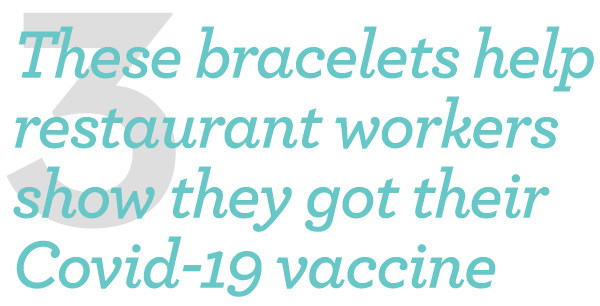
A Philadelphia restaurant is trying to make customers feel more comfortable by making clear its employees are vaccinated. Most of the staff members at El Merkury sport a blue silicone bracelet with a QR code linking to proof of Covid-19 vaccination, according to CNN affiliate WPVI. The owner of El Merkury, Sofia Deleon, told WPVI she made the move so customers would know it was safe to eat from her restaurant. “It was really important for me to have everybody be vaccinated, to have everyone come back to work and feel safe,” Deleon said. Wearers have to upload their vaccination cards for review before they can receive the band. The documentation is stored on a server compliant with medical privacy laws and the process is end-to-end encrypted, the company said in a news release. The company makes two bands — one with just the QR code and another with the QR code plus the wearer’s name and type of vaccine they received. That code can be scanned with a smartphone to prove vaccination, the company said. CNN

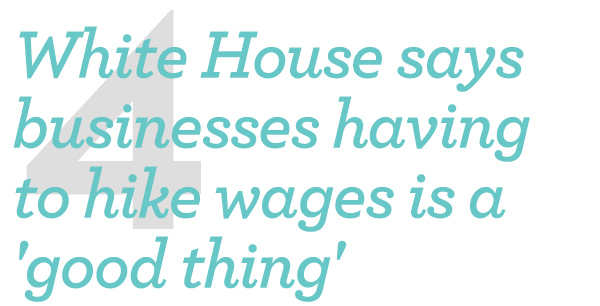
The U.S. economic reopening has caused some “bumps” as companies scramble to fill open positions, but it’s a good thing if they are forced to raise wages, a senior White House aide said. “When we are hearing stories of businesses having to raise wages in order to attract workers back, that’s a good thing — that is a positive development, especially for lower income folks in this country,” Bharat Ramamurti, deputy director of the National Economic Council, said on Bloomberg TV Wednesday. “We’ve seen far too many years of stagnant wages. There’s going to be some bumps as we move towards reopening certain parts of the economy, there’s going to be some mismatches between supply and demand — we expect that.” The broader intention of Biden’s economic policy is to foster a tight labor market that drives up wages, he also said. “What we are going to see then is a rise in wages, including, especially, for lower-income folks,” the White House economist said. “That’s part of the design here.” Bloomberg

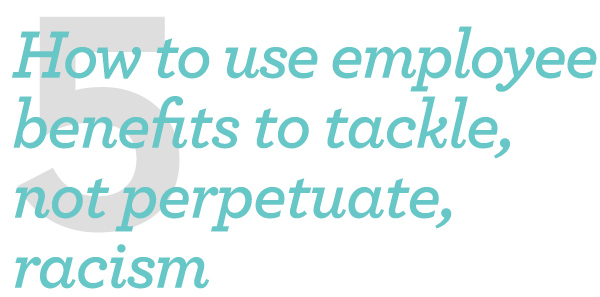
At their core, employee benefits are intended to support and advance employees’ wellness. However, early on in Andrea Trudelle’s career as a benefits leader, she had an eye-opening experience on how benefits can actually marginalize certain populations of workers. While managing her first health fair for a former employer, Trudelle was eager to invite experts on conditions like lupus and sickle cell anemia but was told by leadership that those diseases — which disproportionately affect people of color — weren’t enough of a concern for employees. He meant, of course, that they weren’t enough of a concern for white employees. When conversations around benefits design are primarily led by and focused on majority populations — white men and women — employers run the risk of deepening inequities, Trudelle says. Benefits leaders instead should be opening up conversations — with employees, benefits partners, and company leaders — to develop an action plan that uses benefits strategically to advance racial equity. Other elements of an inclusive benefits strategy include working with benefit providers that themselves offer inclusive products, diversifying the talent pipeline, advancing a culture of belonging and, ultimately, rethinking “how you do benefits,” Trudelle says. Human Resources Executive







